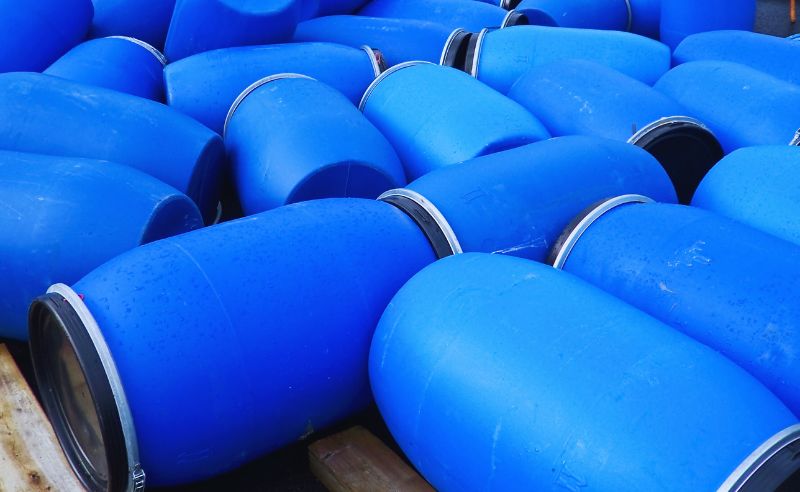The Environmental Impact of Plastic Drums

The use of plastic drums is common in different industries, but their environmental impact is a growing concern.
The production of these drums involves the consumption of non-renewable resources and the generation of large quantities of waste that negatively affect the environment.
In response to these challenges, environmentally friendly drums, such as our kraft drums, have emerged as a more sustainable solution, significantly reducing carbon footprint and pollution.
Production of plastic drums
The manufacture of plastic drums relies on oil and other non-renewable resources.
This manufacturing process has a strong impact on the environment, the large amount of energy required and the high CO2 emissions have become a problem for the industry.
In contrast, there are drums manufactured using more environmentally friendly processes.
Pollution and waste management
Plastic is highly resistant to the environment, and its inadequate management is one of the main sources of pollution worldwide. It is true that it can be recycled, but in many countries there are no plants to recycle it properly.
Moreover, it should be borne in mind that each time it is recycled, the plastic loses its properties, which makes chemical recycling necessary, which is extremely expensive.
It is true that plastic drums are reused many times, but they end up fragmented in landfills or in oceans, where they can take centuries to decompose.
In contrast, drums made from biodegradable materials minimise their impact on the natural environment by reducing the accumulation of waste in ecosystems.
Eco-friendly drums: an emerging solution
Green drums are setting a new direction in the packaging industry.
Made from recyclable or bio-based materials, these drums not only reduce dependence on non-renewable resources, but also significantly reduce the environmental impact compared to traditional plastic drums.
Kraft drums, for example, stand out for their low energy consumption and reduced CO2 emissions during production. Their ability to biodegrade and pollute much less than plastics makes them a highly attractive option for companies looking for more sustainable solutions.
Conclusion
Kraft drums represent an efficient and environmentally friendly alternative to plastic drums. By using recyclable materials, consuming less energy and generating fewer emissions, they are an ideal choice for those looking to reduce their environmental impact.
As the industry moves towards greater sustainability, green drums are leading the shift towards a more responsible, sustainable and environmentally conscious future.
Trends indicate that the demand for sustainable solutions will continue to grow, and kraft drums, with their lower contamination, are a key option to meet today’s environmental challenges.
FAQs
What are plastic drums and what are they used for?
Plastic drums are containers made of plastic that are commonly used to store and transport liquids, such as water, chemicals and food.
What measures are being taken to reduce the use of plastic drums?
Stricter recycling policies are being implemented, promoting the use of alternative materials and promoting awareness campaigns on waste reduction.
What impact does the production of new plastic drums have on the environment?
Production involves high consumption of natural resources, emission of greenhouse gases and generation of industrial waste that affects the environment.
You may also be interested in: